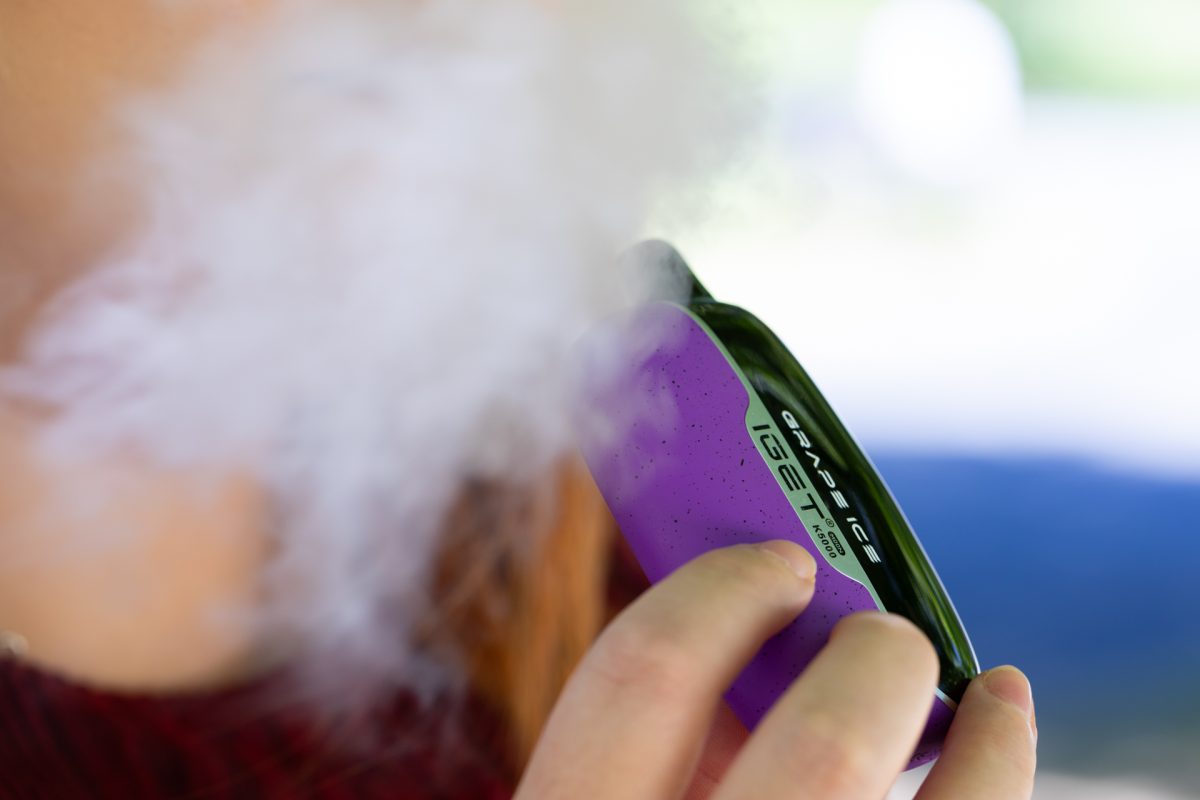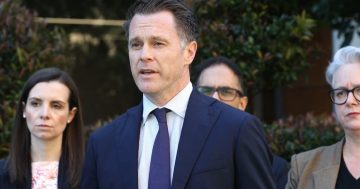
New data shows fewer young Australians are vaping now compared to two years ago. Photo: Michelle Kroll.
Fewer teenagers are vaping or smoking, according to new data revealing a significant reversal in trends among young Australians over the past two years.
Among 14- to 17-year-olds, the rate of vaping was rapidly rising in recent years but started to drop in the last quarter of last year, falling from 18 per cent in early 2023 to 15 per cent in the latest data.
Those of the same age group who have never vaped or even had a few puffs has increased to 85 per cent compared to 83 per cent in early 2023.
And those who have never smoked or even had a few puffs of a cigarette is at its highest rate on record at 94 per cent.
The data is part of the latest research from the Cancer Council’s Generation Vape Project, which also found the rate of vaping dropped from 20 to 18 per cent among 18- to 24-year-olds between 2023 and now.
Generation Vape is the most comprehensive survey on vaping in Australia, and its latest data reports young people indicating they are being exposed to less vape advertisements on popular social media platforms in 2025 compared to early 2024.
They are also reporting fewer of their friends vape in 2025 (7.6 per cent) compared to 2023 (14.9 per cent).
The research is released along with news the Therapeutic Goods Administration (TGA) and Australian Border Force have seized more than 10 million illicit vapes from the Australian market since January 2024.
The current street value of the confiscated vapes totals almost half a billion dollars.
Federal Health Minister Mark Butler said strong action at the border and across the country had kept profits out of the black market and vapes out of the hands of vulnerable and impressionable young people.
Interceptions at the border, coupled with ongoing domestic enforcement activity by the TGA and state and territory authorities, continue to disrupt the supply of illegal vapes.
“Twelve months on from the commencement of the vaping reform legislation, we remain resolute in our work to enforce the vape reforms and educating Australians on the health harms of vaping,” the minister said.
“Vaping rates skyrocketed in the five years before these reforms, particularly among young people.
“Vaping rates for young Australians have now turned the corner.
“Our education and prevention campaigns as well as support to deter people from taking up vaping and smoking or to quit are making a difference.
“It may take time to see a big decrease in vaping and smoking, but we are here for the long haul for a healthier Australia.”
Mr Butler said while the latest data was promising, a sustained effort from all levels of government, parents, schools, health professionals and members of the community was still required to keep illicit vapes away from teenagers.
Young Australians who vape are significantly more likely to take up cigarette smoking.
“This fight is not over,” he said.
“The fight against big tobacco, against organised crime that are still selling these things through retail stores is a really tough fight.
“But I’m really pleased we’ve done our bit at the border, seizing 10 million of them after we finally made it illegal to import these bubblegum-flavoured vapes into Australia that were being sold through our schools.”
Australian vape laws were implemented in July 2024 to limit the sale of all e-cigarettes to pharmacies, regardless of whether they contain nicotine or not.
Laws have also ended the importation of all non-prescription vapes and placed a ban on all disposable vapes.
Those products sold in pharmacies must adhere to strict standards around packaging and nicotine concentration.
They can only include tobacco and mint or menthol flavours.
Tobacco use remains the leading cause of preventable death in this country and is estimated to kill more than 24,000 Australians a year.
Original Article published by Chris Johnson on Region Canberra.





